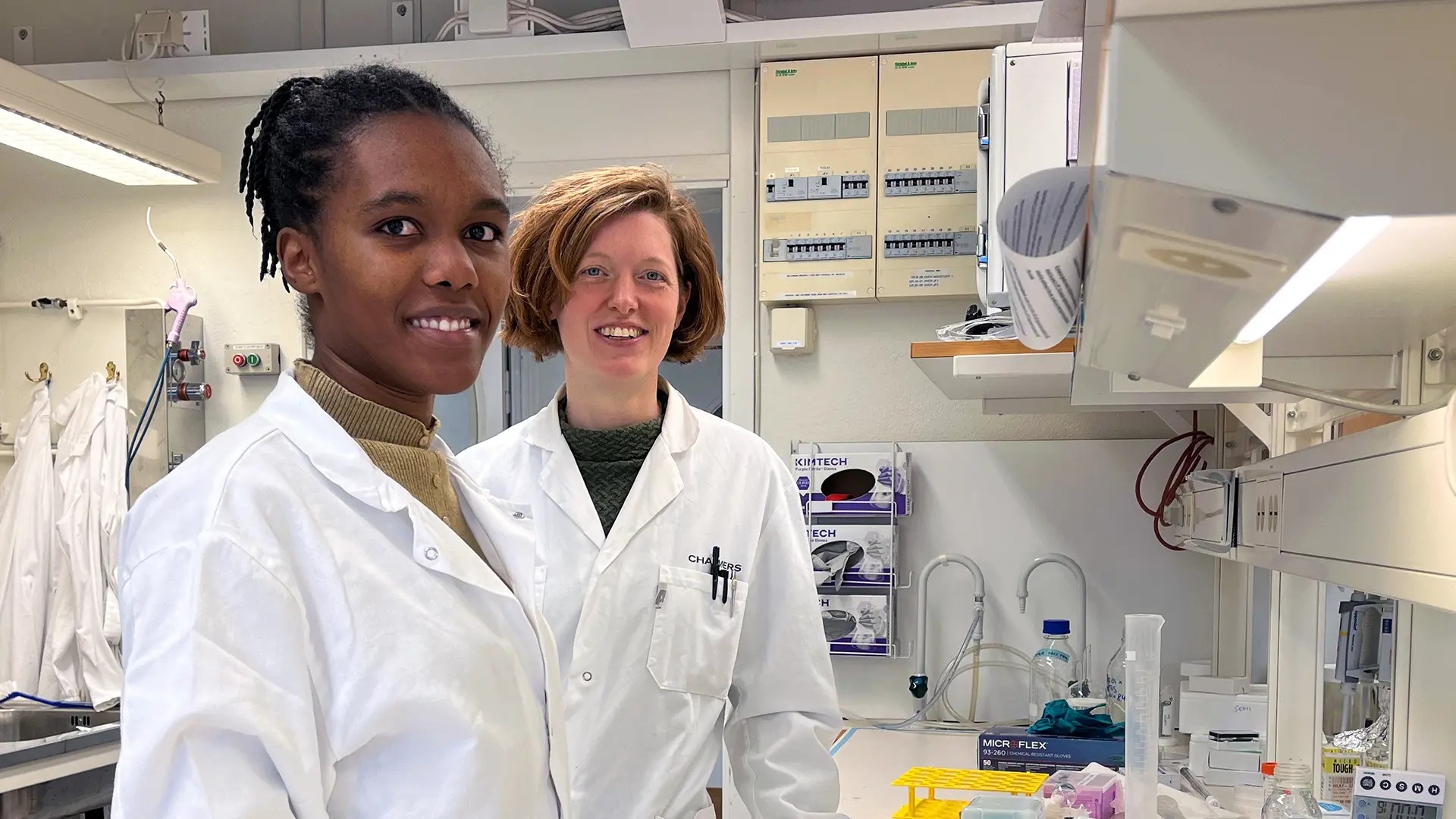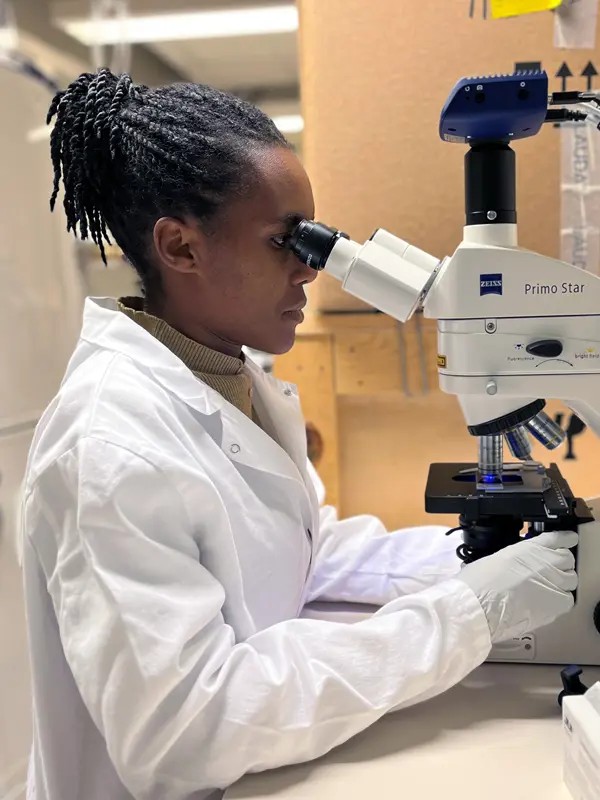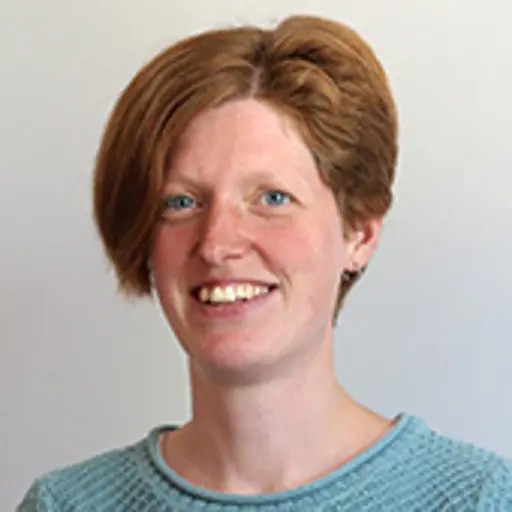
The World Health Organization (WHO) classifies antimicrobial resistance as one of the largest global threats to human health. Low- and middle-income countries are most vulnerable due to limited resources for diagnosis and treatment, and the need for easy-to-use tools to identify and prevent the spread of antibiotic resistance is great. A step on the way is a new research project in collaboration between Chalmers University of Technology and Muhimbili National Hospital in Tanzania.

Premature infants are highly susceptible to infections and may quickly need isolation if resistant bacteria are found in the ward. The IDAR-Neo project (Identification and characterization of fecal carriage of antimicrobial resistant bacteria in neonates in low-resource settings) aims to identify bacteria carrying antibiotic resistance genes in children in a neonatal ward at Muhimbili National Hospital in Dar es-Salaam, Tanzania. However, methods developed in the project can be applied to various patient groups as needed.
“In the project, we use a simple fluorescence microscope that is already used to diagnose tuberculosis at the hospital in Tanzania and in many other low-income countries. We have purchased an identical microscope to our labs to match these conditions,” says Fredrik Westerlund, Professor of Chemical Biology at Chalmers, and project leader.
"We must find realistic solutions"
Adelina Gadiye, laboratory scientist at Muhimbili National Hospital, and Moa Wranne, postdoc in the Division of Chemical Biology, work together on the project. Adelina is visiting the laboratories of the division at Chalmers for the first time. During her stay in Sweden, she has also spent two weeks with another project partner at the Karolinska Institute in Stockholm to learn more about the microbiology fundamentals necessary for the project. The work on the specific method continues during her visit to Chalmers, where she also greatly contributes to the development.
“It involves, for example, being able to provide information about limitations in my laboratory regarding things like which chemicals that are used at Chalmers to prepare the samples that are too expensive or difficult to order for us. We must find new, realistic, and feasible solutions,” says Adelina Gadiye.
The bacteria can be detected with a simple microscope
The method being developed is based on PNA-FISH, where probes are used to make specific bacteria in a sample fluorescent. In this way, the bacteria can be detected with a simple microscope. In the initial phase of the project, the focus is on the bacteria Escherichia coli and Klebsiella pneumoniae. The idea is, at a later stage, to also detect specific resistance mechanisms in the bacteria in the same way. However, everything must be adapted to the conditions in Tanzania.
“For us, it is incredibly valuable that Adelina could come to us. She has much greater knowledge of microbiology than we do and her insight into routines and operations in Tanzania is necessary to move us forward. It improves the project, professionally and personally, that we have met – it gives us at Chalmers better knowledge and connection to the place where the method we are developing will be used,” says Moa Wranne.
"The method will make a difference"
Adelina Gadiye sees great potential in the fully developed method, such as contributing to a quicker choice of treatment method and thereby shorten the time from infection to treatment.
“Time is crucial in bacterial infections. It takes two to three days to identify which bacteria a person is carrying with the routine methods we use at my hospital today. When the project is completed, we will be able to get an answer within the same day we took the samples. It makes an enormous difference for the affected individuals,” she says.
In the project's next step, two master's students, Maya Awada and Moa Andersson, will travel to go the hospital laboratory in Dar es-Salaam to continue the implementation of the PNA-FISH method. They will also analyze samples from infants in a neonatal unit to characterize bacteria in their gut flora using conventional methods and compare with PNA-FISH.
About the project: IDAR-Neo – Identification and characterization of fecal carriage of antimicrobial resistant bacteria in neonates in low-resource settings
- Read about the project at research.chalmers.se
- The project will run from 2023 to 2025
- The project is a collaboration between the neonatology ward at Muhimbili National Hospital (MNH) and Muhimbili University of Health and Allied Studies (MUHAS) in Dar es-Salaam, Tanzania, Chalmers University of Technology, and the Karolinska Institute in Sweden, as well as the University of Porto in Portugal
- Funder: The Swedish Research Council
Contact
- Visiting Researcher, Chemical Biology, Life Sciences
- Full Professor, Chemical Biology, Life Sciences

